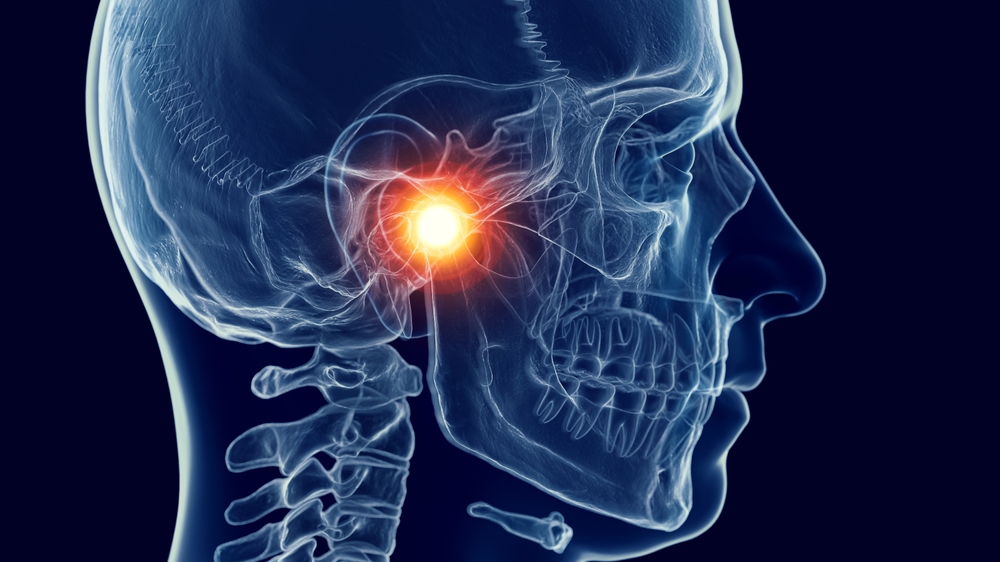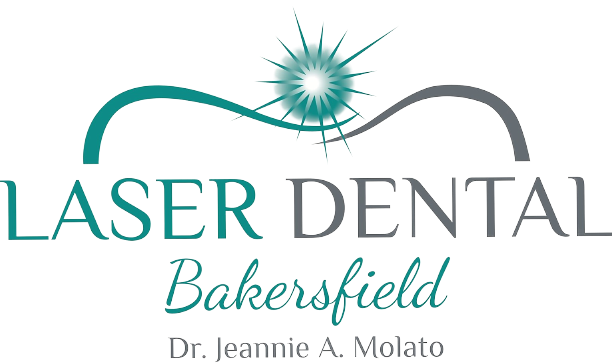Many caretakers are surprised when they hear their pediatric dentist state their child needs a dental crown. There’s a common parental misconception that the primary teeth aren’t necessary for their child’s development. Nothing could be further from the truth. Our primary teeth, commonly known as baby teeth, are essential in proper dental development. The shape of our jaw and the placement and alignment of our adult teeth depend on these initial teeth. The longer we have them, the less likely we’ll develop misalignments, crowdings, and impaction as our adult teeth come in.
The Essential Role Of Dental Crowns For Children’s Teeth
Discovering that your child needs a crown may come as a bit of a shock. There’s nothing for it but to explore the options available for your child’s restoration. There are a number of materials available, each with its own pros and cons. The appropriate choice is going to depend on a number of factors. Aesthetics and personal choice are part of it, but the needs of the restoration have a role to play as well. Once you’ve made your selection, the next step is having the restoration procedure performed.
Placing a dental crown requires the following steps:
- Preparation: Your child’s tooth has to be prepared to accept the new crown. This is accomplished by eliminating existing decay and sculpting the remaining dental tissue to accept the dental crown.
- Impressions: Once the tooth has been shaped to accept the new crown, an impression of the area needs to be taken. This was traditionally accomplished using a dental tray full of a special putty to make a mold. Modern impressions are often taken using advanced imaging software that produces an even more precise model.
- Temporary Crown: This step is becoming less common as more dental offices get their own manufacturing equipment. However, you may discover that your child may need a temporary crown put in place until the final one can be made. This final model is done by sending the impression out to a dental lab.
- Apply Permanent Crown: If your dentist doesn’t have their own crown machine, then this will require an additional visit. They’ll remove the temporary crown and check for any new signs of decay or infection. If all is in order, they’ll permanently mount the final crown.
Local anesthesia is used to ease any potential discomfort that may occur during the procedure. Some children may receive additional anesthesia, often in the form of nitrous oxide, to ease any nervousness or anxiety. The majority of these crown procedures can be done without any notable discomfort.
Unless your dentist advises otherwise, you’ll want to make sure your child eats before the visit. After they’ve eaten, be sure to brush and floss their teeth before getting to the dentist. Your child will be unable to eat until the local anesthesia has finally worn off. Until it does, they’re at risk of biting their tongue, lip, or cheek while eating. This usually takes an hour or so. Once the anesthesia has eased, your child may experience up to 24 hours of discomfort. You can typically manage this discomfort using ibuprofen and acetaminophen at over-the-counter strengths.
Schedule Your Child’s Crown Appointment Today
Dental crowns are an efficient method of ensuring your child’s primary teeth remain healthy and in place until it’s time for them to come out. Normal dental hygiene practices should be continued after the crown has been placed. Ensure that they brush twice a day, use mouthwash, and floss regularly.










